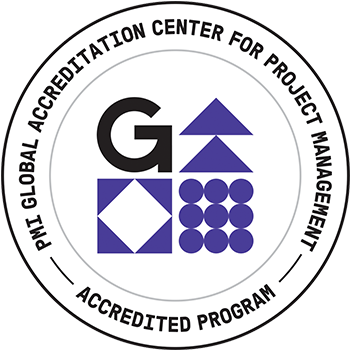The presentation will be based on the innovative experience of implementing a Project Office in the Argentine National Congress, the first in the world. The PMO functioned as a model of leadership and results-oriented management that allowed to carry out the execution of the government strategy between 2016-2019. In this sense, it worked similarly to US PerformanceStat Units.
The Argentine experience shows certain particularities that contributed to achieving the proposed results. On the one hand, the PMO coordinated internal communication, which made it possible to accompany the projects under adequate and effective change management. On the other hand, members of the PMO were those who led the strategic projects, which made it possible to allocate resources full-time, increasing the chances of success.
An innovative aspect of the PMO was that it incorporated diversity management as an important condition when designing initiatives and projects. From the analysis of stakeholders to the formation of project teams, the PMO tried to ensure that the initiatives were not gender-neutral, taking an active role in closing gaps.
The PMO obtained several accomplishments. It improved the efficiency of the organization, generating the greatest savings in history; it focused on people, who were not only trained and professionalized but also empowered with the new transversal way of working by projects, in an institution that had been characterized by being very vertical; and it improved transparency and accountability, by designing and implementing project management processes based on the Project Management Book of Knowledge.
However, although an attempt was made to institutionalize as much as possible the new way of working and management, the cultural change was partial. The presentation shows that the implementation of a PMO in government must be tailored to each country’s context and that it only works under certain preconditions.
Key Takeaways of the presentation:
- Structure, functions, and processes of the PMO
- Talent acquisition, retention, and development
- PMO main accomplishments and lessons learned
PMI Talent Triangle: Strategic and Business Management (Business Acumen)

